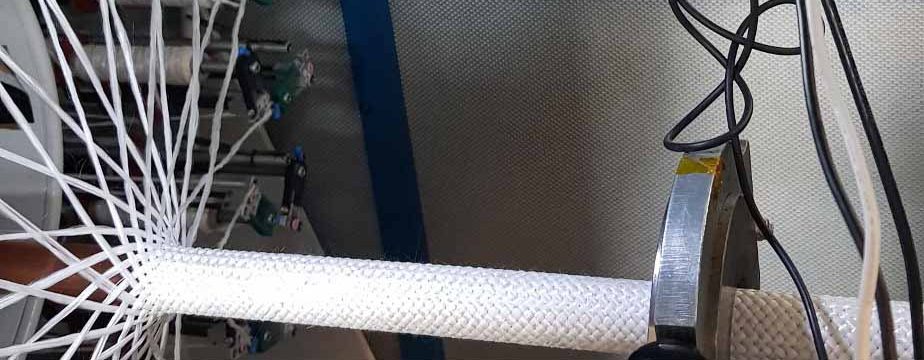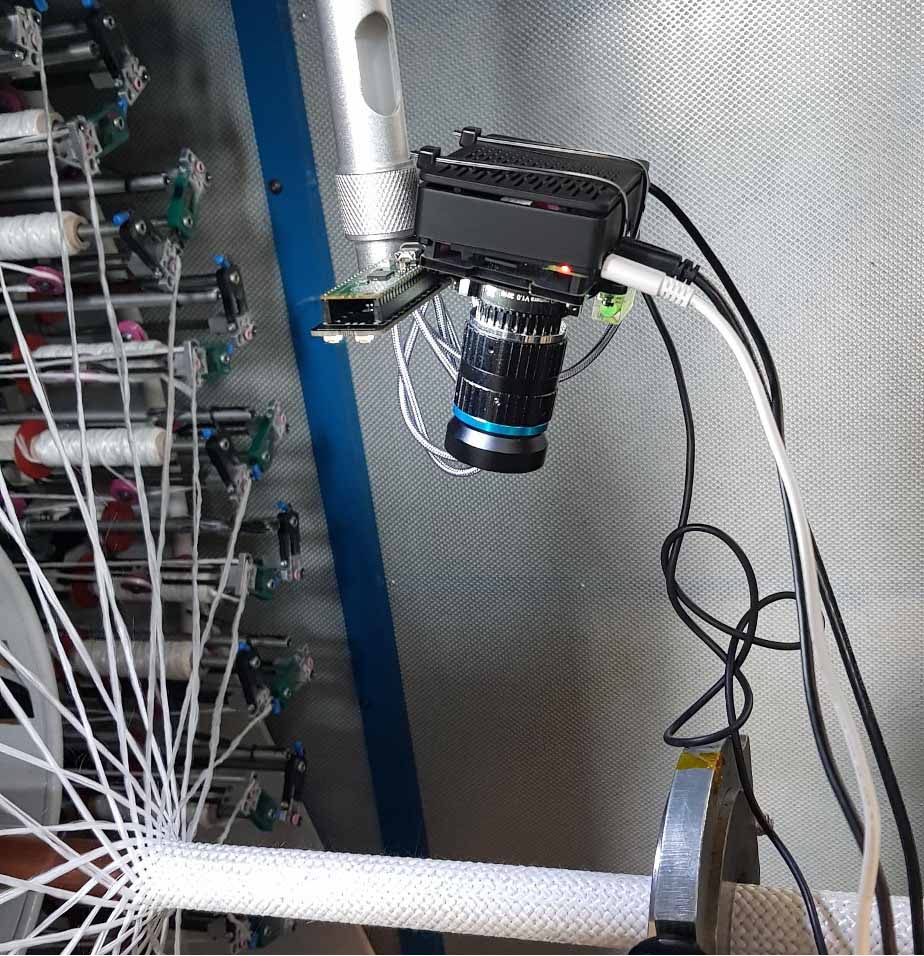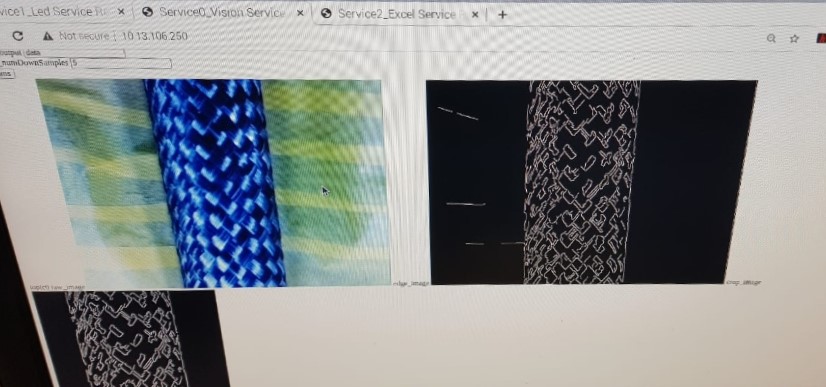Quality inspection automation

Shoestring has provided a big learning curve for me as prior to this programme, I only had a basic knowledge of software engineering tools..”
Alex Grant, Development Engineer, Composite Braiding
To understand the challenge of automating quality inspection on the production line, the Shoestring research team worked with Composite Braiding to see how a low-cost vision system could help them monitor and detect failures in their production process.
Composite Braiding produces lightweight components manufactured from composite materials. The process combines materials such as carbon, glass, aramid and basalt fibres with thermoplastic to produce an advanced strong, stiff composite. During the production process the materials are braided together, and once constructed they can provide cheaper and lighter alternatives to structural parts made of one material, such as steel.
The business challenge
As a small company, Composite Braiding automates much of the production process to help them produce high volumes of parts at low cost. Their challenge was to find a vision system that can pick up defects automatically. As the production line is fast moving, and the defects were very small in size, the challenge for the research team was to investigate whether it was possible to build a vision system using low-cost technology that was useful to the company.
Defects occur when there is an incorrect relative angle between two braids within a produced part. The Composite Braiding team wanted to know when a human operator needs to be notified to come and manually check a part. The automated process need to alert the team when a braid angle is beyond the pre-defined tolerance level.
The solution
A low-cost machine vision system was identified as the most relevant and non-intrusive digital solution for this problem. The braiding process was monitored by placing a camera within the enclosure where the composite part is produced.

Throughout the process the lighting conditions had to be kept constant, so an LED light was setup. The solution used a camera with a lens so that the system could continuously analyse pictures, or a video stream, to spot any defects in the part in production, which when noticed, would trigger an alert. Development Engineer at Composite Braiding, Alex Grant, explained:
“The braid angle measurement that we have been investigating with Shoestring is a critical part of our manufacturing process and takes place during the first stage of manufacture.”

The outcomes
The pilot enabled Composite Braiding to learn how they should approach quality inspection automation, giving them the knowledge they needed to specify a commercial solution.
“There are two aspects to how Shoestring has had an impact, it has helped us to gain an improved understanding of our process capabilities and to define our key requirements for an automated visual inspection system. We could improve on the low-cost system by using hardware that it is more suited to the production environment.”
Alex Grant, Development Engineer, Composite Braiding
Next steps
As it was difficult to do a visual inspection of a fast-moving production line with a low-cost camera the company will create an inspection station where the product is static and moves in stages. They will set up the Shoestring vision system in this inspection station.
The experience has enhanced the team’s understanding of what is possible, and so they will define key requirements for a more expensive automated visual inspection system to be used during the production process.
Case study summary: Composite Braiding
Solution setup:
- Solution: braid angle measurement
- Deployed: initially on a slow-moving production line, in the first phase of manufacture
- Technology used: 1 Raspberry Pi 4, 1 Raspberry Pi HD camera, 2 Pico LED light; Shoestring image processing software using open source python libraries
- Technology cost: under £200
- Time taken to deploy: once the prototype was built it took 2-3 months for a test deployment in the production line
Key outcomes:
- Improved staff understanding of the manufacturing process
- Improved digital skills of staff and ability to define key requirements for an upgraded system
- Provided data to improve quality control – highlighted optimal angle measurement to aim for during production
Next steps:
- Defining key requirements for a more expensive automated system
FIND OUT MORE
Shoestring’s inventive approach helps small and medium sized manufacturers take the first steps to digitalisation by using off-the-shelf technology to create practical low-cost, low risk digital solutions.
Find out how Shoestring could help your company embrace digitalisation
CONTACT US